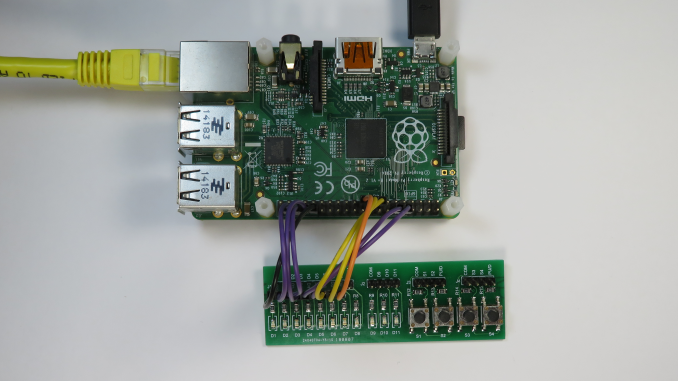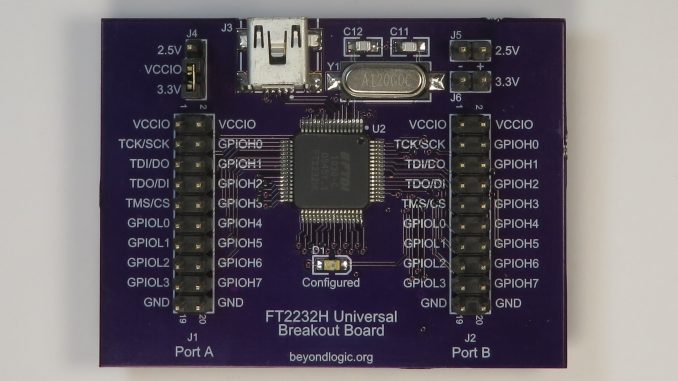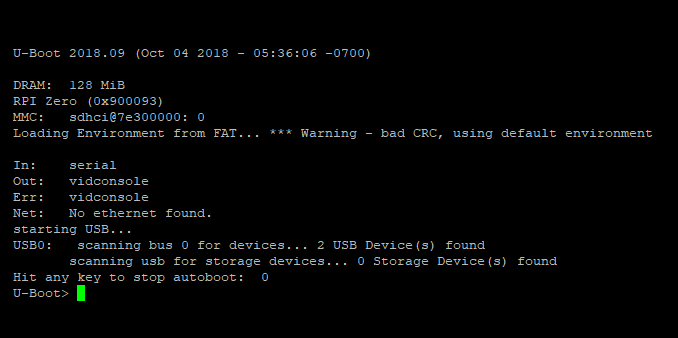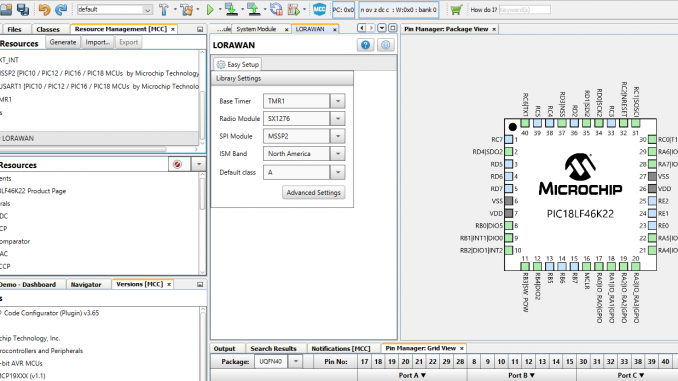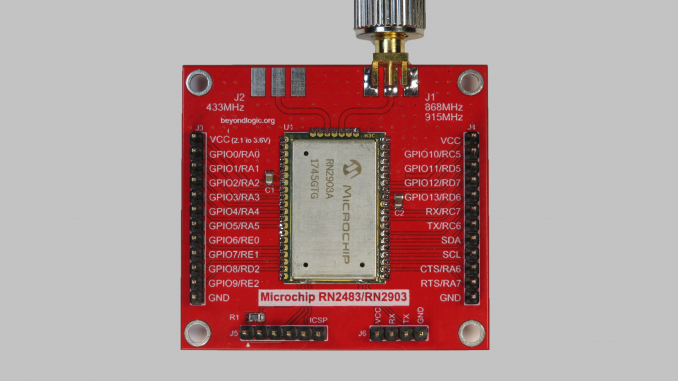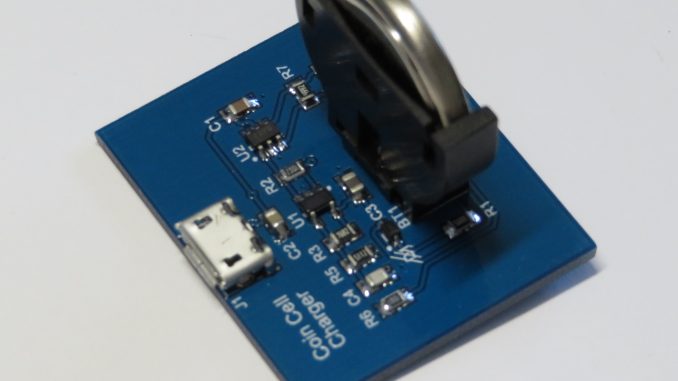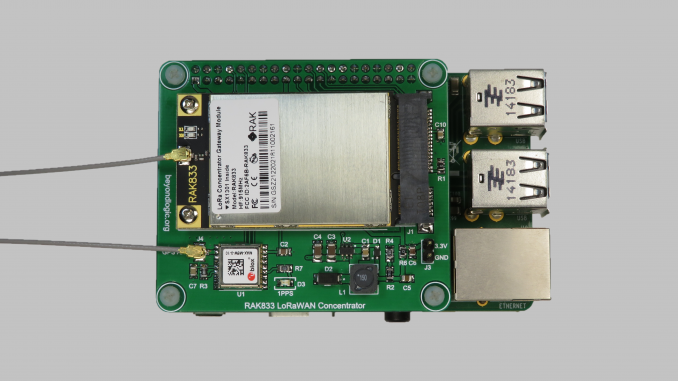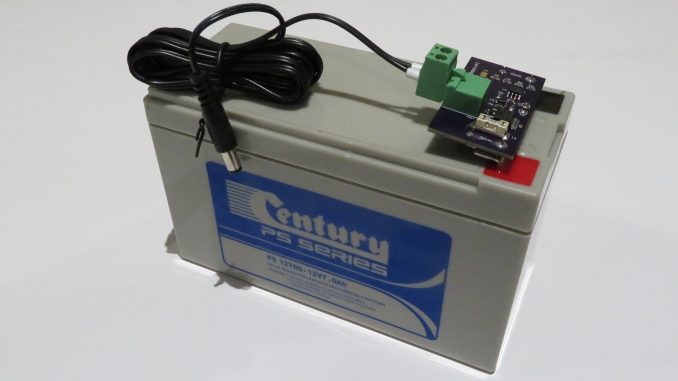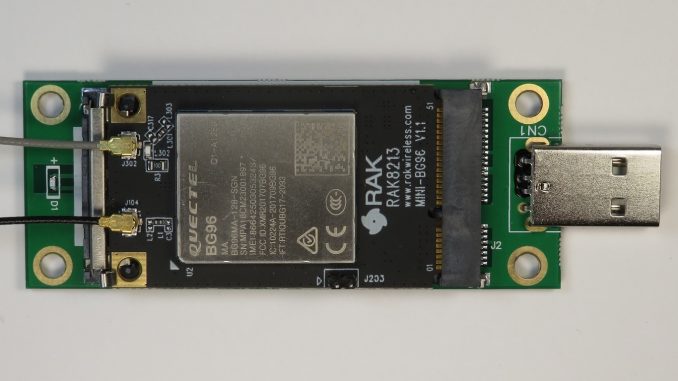
Review: RAK8213 LTE Cat M1/NB1 IoT Modem
The RakWireless RAK8213 is a Quectel BG96 based 4G LTE Cat M1/Cat NB1/EGPRS modem in a PCI Express MiniCard Form Factor. LTE categories M1/NB1 combined with innovations including Power Saving Mode (PSM) and Extended Discontinuous Reception (eDRX) can rival power consumption and battery life of other IoT Technologies such as LoRa and Sigfox. …

